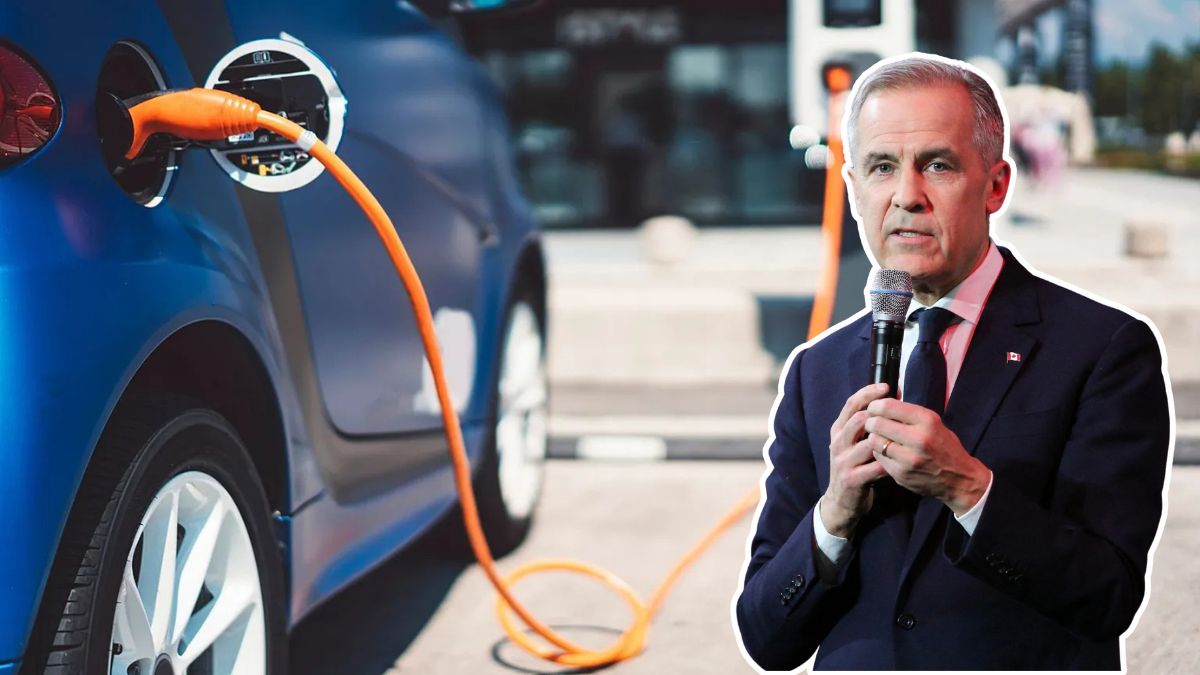Thinking about buying an electric car in 2025? With gas prices still high and more Canadians turning to cleaner transportation, EVs remain in the spotlight. But the biggest question drivers are asking is: What happened to the $5,000 federal EV rebate?
The answer is mixed. The federal iZEV rebate program has been paused, but that doesn’t mean support for EV buyers is gone. Several provinces are stepping in, automakers are offering their own discounts, and other incentives remain available to ease the cost of going electric.
The Federal Rebate Pause
The Incentives for Zero-Emission Vehicles (iZEV) Program, launched in 2019, gave Canadians up to $5,000 off new EVs. However, in January 2025, the program was paused by Transport Canada, two months before its scheduled end.
Why did this happen?
- High demand: Applications exceeded expectations.
- Limited funding: The allocated budget was used up faster than planned.
- Policy reset: Ottawa is reviewing how EV incentives fit into broader climate goals.
While there’s no confirmed replacement yet, experts believe a new program or climate-linked incentive could be announced in the coming years.
Provincial Rebates – What’s Still Available
Even without the federal incentive, several provinces continue to offer significant rebates:
Quebec – Roulez vert Program
- Up to $4,000 off new EVs
- Rebates decrease yearly until a full phase-out in 2027
- Extra funding for home charging stations
British Columbia – CleanBC Go Electric Program
- Up to \$4,000, depending on income
- MSRP eligibility cap: up to \$70,000
- Targeted toward middle-income households
Nova Scotia
- Up to \$3,000 for new EVs
- \$500 for used EVs
- Bonus \$250 for e-bikes and electric motorcycles
Yukon
- Up to \$5,000 for both new and used EVs
- Community grants for rural and Indigenous areas
- Fully stackable with other rebates
Other provinces such as Alberta and Saskatchewan don’t have province-wide rebates, but some municipalities and utilities offer perks like charging station rebates or lower electricity rates for EV charging.
Eligibility Rules – Who Qualifies for Rebates?
To access rebates, buyers must meet provincial program requirements:
- Vehicle type: Battery-electric (BEV), plug-in hybrid (PHEV), or hydrogen fuel cell.
- Price cap: MSRP usually must be under \$55,000–\$70,000.
- Approved dealer: Purchases or leases must go through licensed dealerships.
- Residency: Proof of residency in the province offering the rebate is required.
Popular eligible EV models in 2025 include:
- Hyundai Ioniq 5
- Chevrolet Bolt EUV
- Ford Mustang Mach-E (base trims)
- Nissan LEAF
- Toyota Prius Prime
Tesla vehicles are no longer eligible for federal rebates and face restrictions in some provinces.
Automaker Discounts – The New Incentives
With Ottawa’s rebate paused, automakers are competing harder with their own offers. Some examples from 2025 include:
- Hyundai: Loyalty bonuses and low-interest leases
- Chevrolet: Up to \$2,000 off select EVs
- Ford: Incentives on Mach-E and F-150 Lightning
- Nissan: Cash-back deals and extended warranties
When combined with provincial rebates, these discounts can rival or exceed the old federal program.
How to Apply for a Provincial Rebate
Claiming your rebate is straightforward, but deadlines matter. Here’s the usual process:
- Check eligibility – Confirm your EV qualifies under provincial rules.
- Buy or lease – Complete your purchase through an approved dealer.
- Prepare documents – Bill of sale, registration, proof of residency.
- Submit application – Some provinces let dealers apply on your behalf.
- Receive rebate – Payments arrive by direct deposit or cheque within 6–12 weeks.
Many provinces require applications within 90 days of purchase. Missing this deadline could cost you your rebate.
Business EV Incentives – Big Savings for Fleets
EV incentives aren’t just for households—businesses can benefit too. Fleet operators can stack provincial rebates with tax credits, reducing long-term costs.
Example – A delivery company in Vancouver:
- Switches to 10 electric vans
- Rebates: \$4,000 each = \$40,000 saved
- Annual fuel savings: \$15,000
- Maintenance savings: \$7,000
- Total first-year savings = Over \$62,000
For businesses, EV adoption is both a financial win and a sustainability statement.
What’s Next for Canada’s EV Policy?
Even though the federal rebate is paused, Canada’s EV momentum isn’t slowing down. Charging infrastructure continues to expand, provincial rebates remain strong, and automaker incentives are growing.
Experts predict that the federal government will introduce a new EV policy in the near future—possibly tied to emissions targets or clean energy transition programs.
For buyers, 2025 is still an excellent time to go electric—if you know where to look for savings.
FAQs – Canada EV Rebates 2025
1. Is the \$5,000 federal EV rebate still available in 2025?
No. The federal iZEV rebate program was paused in January 2025 due to high demand and limited funding.
2. Which provinces still offer EV rebates?
Quebec, British Columbia, Nova Scotia, and Yukon currently offer significant rebates, ranging from \$3,000 to \$5,000.
3. Are Tesla cars eligible for rebates in 2025?
Tesla vehicles are excluded from the federal rebate and may face restrictions in certain provincial programs.
4. How do I apply for a rebate?
Purchase through an approved dealer, prepare required documents, and apply online (or let the dealer apply for you). Payments typically arrive within 6–12 weeks.
5. Can businesses also claim EV rebates?
Yes. Many provinces allow companies and fleet operators to claim rebates, often alongside tax credits and fuel savings.










